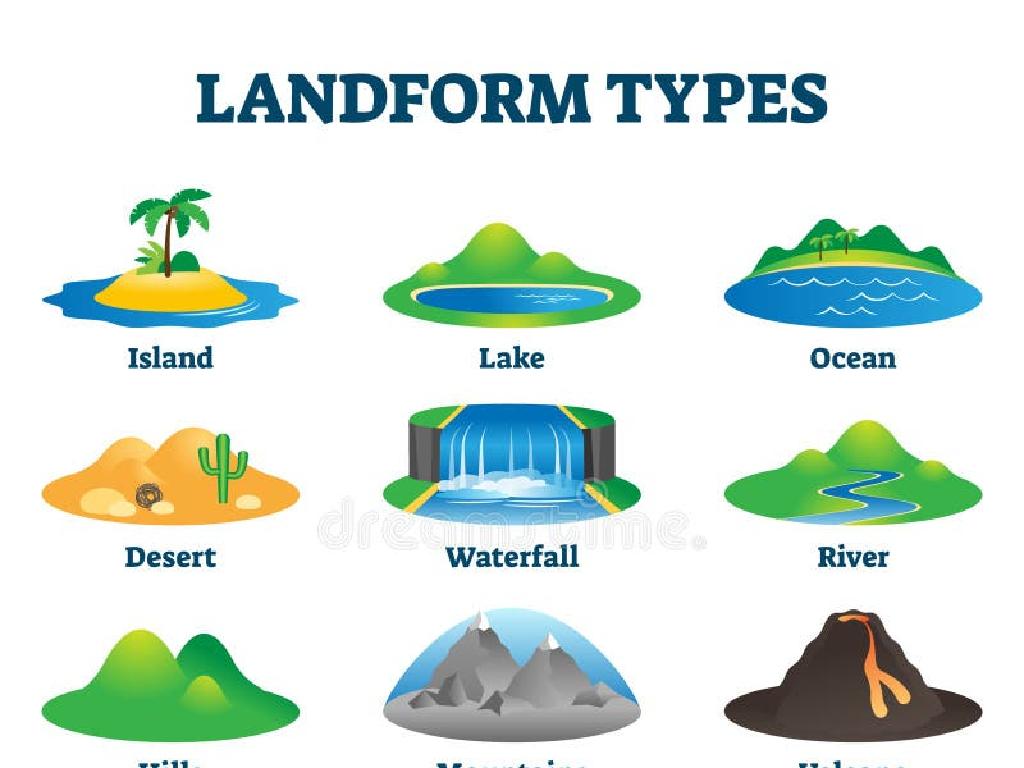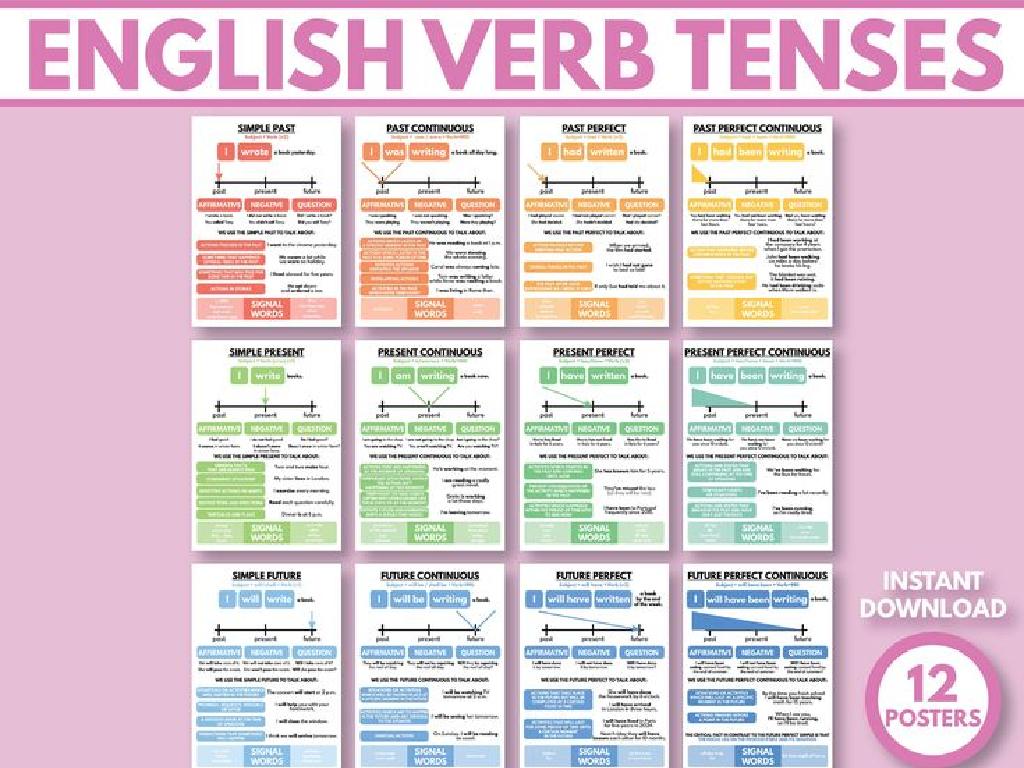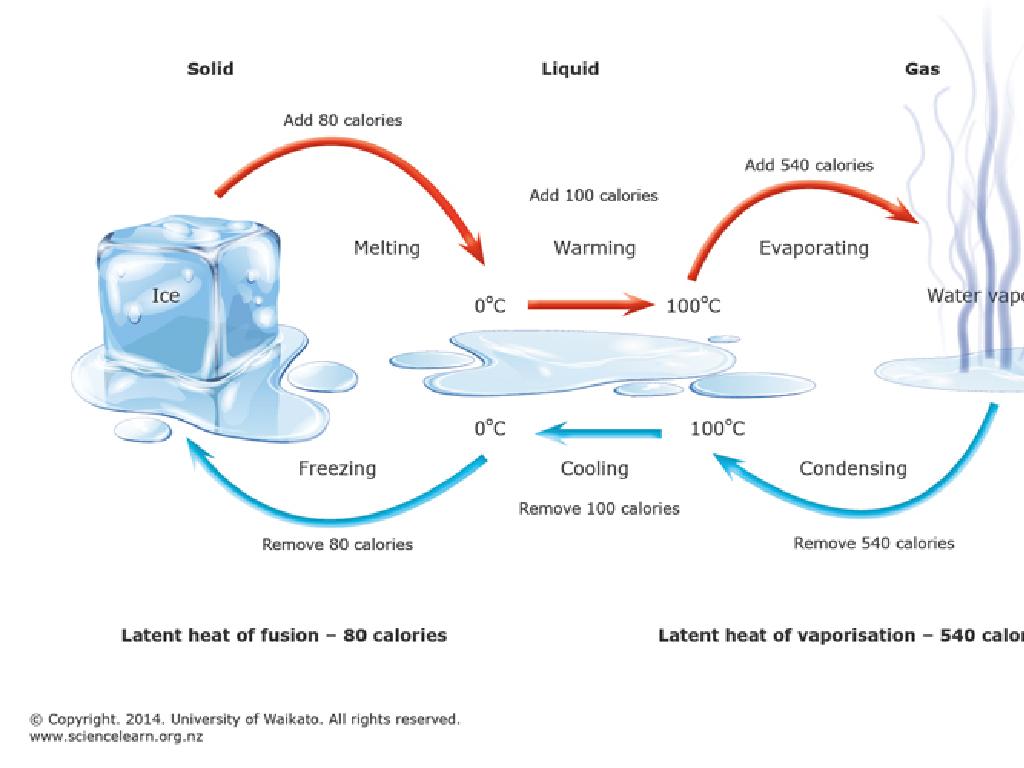Long-Run Consequences Of Stabilization Policies
Subject: Economics
Grade: High school
Topic: Ap College Macroeconomics
Please LOG IN to download the presentation. Access is available to registered users only.
View More Content
Long-Run Consequences of Stabilization Policies
– Role of stabilization policies
– Aim to reduce economic fluctuations
– Defining stabilization policies
– Government actions to influence economic activity
– Short-run vs long-run effects
– Short-run: immediate effects; Long-run: lasting changes
– Analyzing long-run impacts
– Consider potential trade-offs and structural changes
|
This slide introduces the concept of stabilization policies within the framework of AP College Macroeconomics. Stabilization policies are key tools used by governments to minimize the amplitude of business cycles, aiming to smooth out periods of economic boom and bust. These policies include monetary and fiscal actions taken to influence economic growth, employment, and inflation rates. It’s crucial to differentiate between the immediate effects of such policies in the short run and their more permanent, structural changes in the long run. In the long run, these policies can lead to trade-offs, such as between inflation and unemployment, and may also result in significant changes to the economic structure. Students should be encouraged to think critically about these trade-offs and the potential unintended consequences of stabilization efforts.
Objectives of Stabilization Policies
– Goals: Growth, Employment, Stability
– Aim for a steady increase in GDP, low unemployment, and controlled inflation
– Economic stabilization significance
– Stable economies attract investment, reduce uncertainty
– Growth: Foundation of prosperity
– Sustained growth ensures higher living standards, more jobs
– Employment: Maximizing workforce
– Full employment utilizes all available labor, reducing poverty and inequality
|
This slide aims to discuss the primary objectives of stabilization policies within the context of AP College Macroeconomics. The main goals are to achieve a consistent rate of economic growth, full employment, and price stability. These objectives are crucial as they contribute to the overall stability of an economy. Economic growth is the increase in the production of goods and services over time, and it’s fundamental for improving living standards. Full employment ensures that all available labor resources are being used efficiently, which is vital for economic growth and stability. Price stability helps to maintain the purchasing power of money and reduces the uncertainties associated with inflation, which can be detrimental to economic planning and investment. Together, these goals help to create a stable economic environment that fosters business confidence and consumer spending, leading to a more prosperous society.
Long-Run Consequences of Stabilization Policies
– Fiscal Policy: Gov’t budget tools
– Involves changes in government spending and taxes to manage the economy.
– Monetary Policy: Central bank’s role
– Focuses on controlling the money supply and interest rates to regulate economic activity.
– Key differences between policies
– Fiscal policy is managed by the government, while monetary policy is governed by the central bank.
– Tools used in Fiscal & Monetary Policy
– Fiscal tools include taxes and spending; monetary tools involve interest rate and reserve requirements.
|
This slide aims to introduce students to the two main types of stabilization policies: fiscal and monetary policy. Fiscal policy involves adjustments in government spending and taxation to influence the economy, while monetary policy includes central bank actions that affect interest rates and the overall money supply. It’s crucial to discuss the differences between these policies, such as their managing bodies and their specific tools. Fiscal policy tools include government budgets, taxes, and spending, whereas monetary policy tools involve setting interest rates and reserve requirements for banks. Understanding these concepts is key for students to grasp how governments and central banks work to stabilize the economy over the long run.
Long-Run Consequences of Stabilization Policies
– Impact on national debt
– Policies may increase debt and deficits over time.
– Inflation and expectations
– Expectations can lead to sustained inflation.
– Structural economic changes
– Policies can alter industry and commerce dynamics.
– Labor market shifts
– Changes may affect employment and wages.
|
This slide examines the long-term effects of economic stabilization policies, such as fiscal and monetary interventions, on a country’s economy. It’s crucial to discuss how these policies, while stabilizing in the short term, can lead to increased national debt and deficits if not managed properly. Additionally, the role of inflationary expectations can result in persistent inflation, altering consumer and business behavior. Structural changes in the economy may arise from shifts in industry focus or technological advancements, leading to changes in labor demand and potentially affecting employment rates and wage structures. It’s important for students to understand these complex interactions and the balance policymakers must maintain to ensure long-term economic health.
Long-Run Consequences of Stabilization Policies
– Analyze past stabilization efforts
– Review of historical economic stabilization attempts and their effectiveness
– Outcomes of specific policies
– Examination of long-term effects on inflation, unemployment, and growth
– Lessons from historical policies
– Insights gained from past policy successes and failures
– Modern policy implications
– How past lessons shape current economic strategies
|
This slide aims to delve into the long-term effects of economic stabilization policies. Begin with an analysis of historical efforts to stabilize the economy, discussing both successful and unsuccessful attempts. Highlight the long-term outcomes of specific policies on key economic indicators such as inflation, unemployment, and GDP growth. Discuss the lessons learned from these historical examples and how they inform modern economic policy-making. Encourage students to think critically about the implications of these policies and how they can apply this knowledge to current economic situations. Provide case studies for a more in-depth understanding, such as the impact of the New Deal programs or post-war economic policies.
Debate: Stabilization Policies and Long-term Impact
– Pros of active stabilization
– Active policies can counteract economic fluctuations quickly.
– Cons of active stabilization
– May lead to higher debt, potential for policy timing errors.
– Government’s role in stability
– Sets fiscal policies affecting taxes, spending, and borrowing.
– Central bank’s influence
– Manages monetary policy, influencing inflation and interest rates.
|
This slide aims to spark a debate on the effectiveness of active versus passive stabilization policies in the context of long-term economic stability. Active stabilization involves government and central bank intervention to smooth out economic cycles, while passive stabilization relies on the economy’s self-correcting mechanisms. Discuss the potential benefits of active policies, such as reducing the severity of recessions, and the drawbacks, including the risk of increasing national debt and the challenges of timing interventions correctly. Highlight the government’s role in implementing fiscal policies and the central bank’s role in managing monetary policy, both of which are crucial for shaping the economy’s long-term trajectory. Encourage students to consider the implications of these policies on economic indicators such as inflation, unemployment, and GDP growth.
Class Activity: Economic Advisors Simulation
– Role-play as economic advisors
– Develop a stabilization policy
– Create a policy for a given economic scenario
– Present your policy proposal
– Use visuals or slides to outline your policy
– Discuss long-run consequences
– Consider effects like inflation, unemployment, and growth
|
In this interactive class activity, students will engage in a simulation where they take on the role of economic advisors. They will be tasked with developing a stabilization policy tailored to a hypothetical economic scenario provided by the teacher. Students will then present their policy proposals to the class, using visual aids or slides to support their presentation. After presenting, they will lead a discussion on the potential long-run consequences of their policies, considering factors such as inflation, unemployment, and economic growth. This activity aims to deepen students’ understanding of economic policy-making and its impact on the economy over time. Teachers should prepare diverse scenarios and guide students on how to think critically about the ripple effects of economic decisions.






